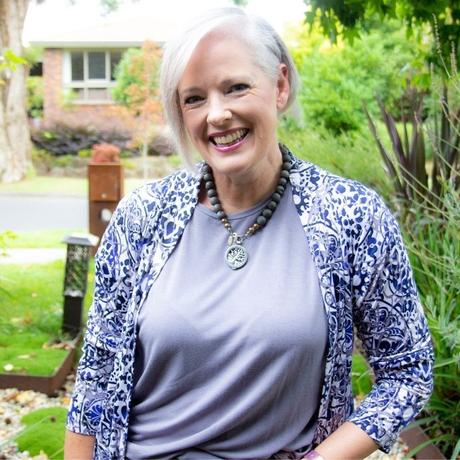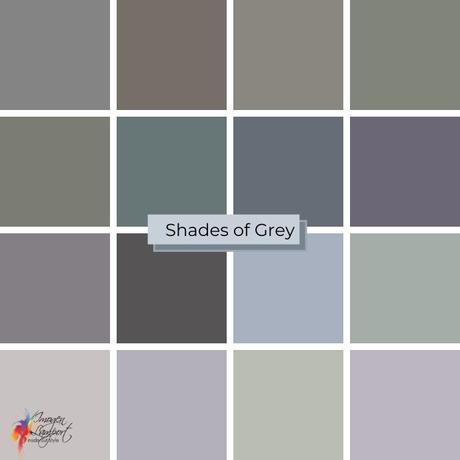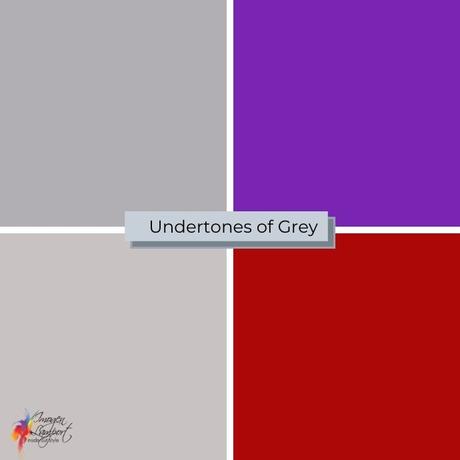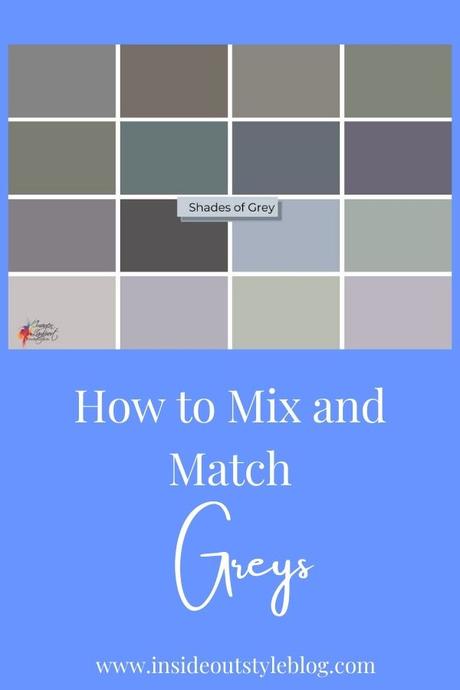



Do you find it tricky to mix the grey items in your wardrobe together successfully? If you find it tricky you are not alone, as it’s the hardest colour to mix and match and that’s because there are so many different greys that have different base colours.
Why Grey is So Hard to Mix and Match
&iv;&modestbranding;&rel;&autohide;&playsinline;&autoplay;
Grey can be made from mixing black and white together, or from mixing lots of colours together (think about how when painting pictures as a kid and washing your brush out the water would turn some sort of grey). The ones made from mixing black and white are called achromatic greys – as they lack colour, their undertone is always cool as both black and white are cool. Whilst the ones that are made from mixing lots of colours together are chromatic (containing chroma aka colour) greys and therefore have an undertone and this will depend on what the base colour is. If you have a blue-grey it will be cool, whilst a yellow-green grey will be warm in undertone.

The grey in the pattern of the duster is the same undertone as the grey tee so these greys work easily together
Mixing Greys Together is the Same as Mixing Colours Together
You need to find greys with the same undertone for them to work well together. Ideally, if you want to mix greys together, they should have the same undertone (warm or cool) plus the same version of grey – such as blue-grey, or green-grey, or brown-grey etc.
Warm Undertone: green-grey, yellow-grey, brown-grey
Cool Undertone: blue-grey, violet grey, achromatic grey – plus most greys can be worn by cools as they are on the whole cooler because of the greyness.
When you look at the image below which is a variety of different chromatic greys – it can be much more obvious what their undertones are because they are next to each other and look much more coloured.

But if you took each of them out of this image and looked at it on its own, it would appear grey (less colourful), particularly if you put it next to a colour!
So here are some examples of greys and then their colour base.

You can see how you can see there is a hint of the colour in the grey but it may not be obvious when it’s not in context with the colour it is made from.

These greys on the left appear quite neutral, yet one is a violet grey, the other has a red base.

These both have a yellow base, but one is more yellow-orange, and the other slightly yellow-green. The yellow-orange grey looks more taupe (which is a brown-grey) as brown is sometimes a dark version of orange (also red-orange and yellow-orange).
I hope you can now understand just how tricky it can be to mix greys in outfits as they have very different undertones and base colours, many that don’t really work well together.
Not sure which is your best grey? Discover how to choose the best grey for your colouring (and whether or not you should be wearing grey at all!).
50 Shades of Grey (and how to wear them)
Shades of Grey – How to Pick the Right Grey
What’s Your Best Neutral – Grey Hair






